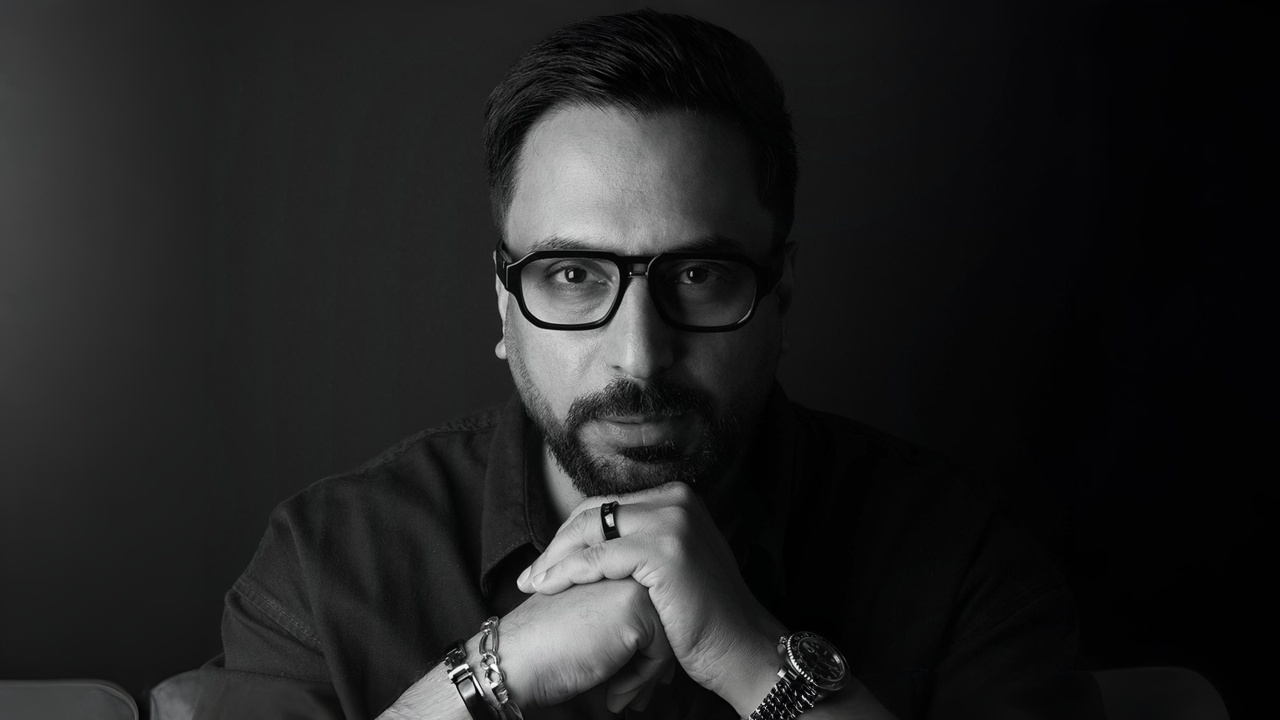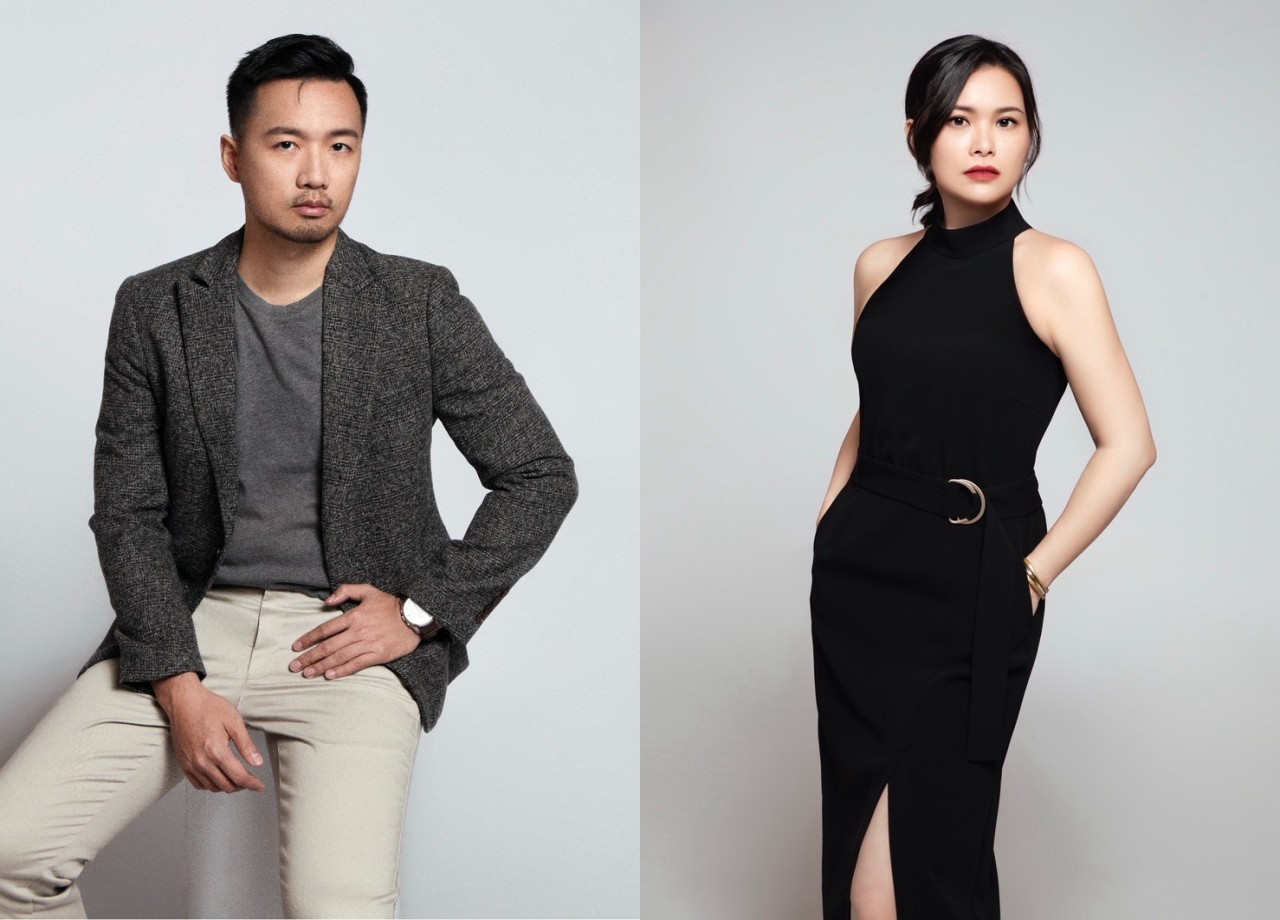The Moment That Moved the Sky: Inside Savadmon Avalachamveettil’s Award-Winning Shot
Savadmon Avalachamveettil
Kerala-born photographer Savadmon Avalachamveettil found his voice behind the lens in Ireland, where the dramatic light and ever-changing weather shaped his visual storytelling. His acclaimed aerial work, including the Global Photography Award–winning shot from the Kumbh, transforms raw human energy into poetic images of faith and place.
Thank you so much. I was born in a small town called Thiruvilwamala in Kerala, India. Growing up in a place surrounded by rivers, hills, and quiet temples, I developed a deep appreciation for nature and the calm beauty of everyday life. But it wasn’t until I moved to Ireland that my journey with photography truly began.
Ireland’s ever-changing weather, dramatic skies, and stunning natural landscapes stirred something in me. I started capturing those moments using just my iPhone. What began as simple snapshots during walks and weekend drives quickly became a habit, then a passion. Travel soon followed, and with each new place I visited, I felt the urge to document the unique mood, colors, and textures of the world around me.
As my interest deepened, I began experimenting with drones. Aerial photography opened up a completely new perspective, revealing patterns, symmetry, and shapes you’d never notice from the ground. I was fascinated by how different a familiar place could look from above.
While I started with landscapes and nature, over time my focus shifted toward places with character like hidden spots, remote coastlines, winding roads, and quiet villages. It became less about capturing "perfect" scenes and more about telling the story of a place, often through light, weather, and mood. That connection between place and feeling is what continues to drive me today.
The journey from taking the picture to winning the Global Photography award was full of patience and instinct.
At the Kumbh, I was very careful not to disturb the rituals or step into the Sadhus’ spiritual world. That’s why I decided to use a drone, staying at a distance but close enough to follow their movements.
From above, the scene revealed itself like a living tapestry of rituals, tradition, and human energy. Then came the moment I’ll never forget. A Sadhu, completely lost in his spiritual energy, suddenly jumped onto the bonnet of a jeep. The moment I saw it, I knew this was the shot I had been waiting for. It was spontaneous, raw, and powerful.
It captured the true spirit of the Kumbh. I didn’t have time to think, and I just pressed the shutter. Later, when I looked at the image, I realized it wasn’t about perfection or technique. It was about emotion and timing.
That frame held the devotion and spirit of an event that happens once in 144 years. I knew I had captured something that would live on, a piece of history frozen in that single moment.
Winning this award feels very personal to me. It’s not just about recognition, but about everything that went into that moment, the patience, respect, and emotion behind it. It reminds me that photography isn’t only about skill or technique; it’s equally about being fully present when life surprises you with something real.
For me, it always begins with a feeling. If an image still stirs something deep in me long after the moment has passed, then I know it holds a kind of truth. It’s not just about composition or light; it’s about whether the photograph carries a memory, a mood, or a sense of place that lingers. Some frames feel like they breathe on their own.
There’s a quiet magic to them, a stillness, or sometimes a tension that captures more than what the eye sees. It’s in those rare moments where everything aligns: the light, the setting, the emotion behind the lens. When I look at a photo and feel completely pulled back into that split second, it becomes more than just an image. It becomes a piece of time.
That’s the kind of photo I choose to submit. Not necessarily the most perfect one, but the one that stays with me and the one that feels alive. I think photography, at its best, is less about what’s captured and more about what’s felt. So I trust that instinct deeply. If a photo can still speak to me, there’s a chance it might whisper something to others too.
The first thing that really drew me to photography was the beauty of Ireland. The light moving over the hills, the mist hanging over the lakes, the quiet stories in every corner, it just stopped me in my tracks.
After that, I started using the iPhone camera more out of curiosity than ambition. I wanted to capture moments people often miss. My first camera showed me how much beauty is around us every day, and that’s what keeps me inspired even now.
I’m most inspired by moments of genuine human emotion; especially in places where tradition, culture, and spirituality are deeply woven into everyday life.
One of the most moving experiences I’ve had was witnessing the Kumbh Mela. Being surrounded by such powerful devotion, seeing rituals unfold at sunrise, monks walking silently to the Ganges; it was humbling. I try to be an observer, not a disturbance. Just quietly present, letting the story tell itself.
These days, I find myself increasingly drawn toward rural and culturally rich places, where life still follows rhythms shaped by tradition. I’m planning to explore regions like the remote villages of Rajasthan, the backwaters of Kerala, the monasteries of Ladakh, and even look beyond India to places like Ethiopia during Timket, Spain during Semana Santa, or rural Japan during traditional festivals like Awa Odori.
These places speak to something timeless. I’m fascinated by how rituals, landscapes, and human emotion come together in these spaces. It's less about the spectacle and more about the quiet, meaningful moments; the ones that often go unnoticed. What draws me is the opportunity to slow down, observe, and connect with the spirit of a place.
These journeys are not just about photography, but about understanding and honoring the stories that live within these cultures. That’s the direction my work is moving toward now, and I’m excited to explore it more deeply.
I usually shoot with a Sony mirrorless setup.It’s light, fast, and reliable, especially for travel and documentary work. The dynamic range helps me balance harsh light and shadow, and the autofocus lets me stay ready when moments unfold unexpectedly. For aerial perspectives, I rely on my drone DJI Mavic 3 pro to give a wider, more immersive sense of scale.
I’d love for them to just pause for a moment. To really notice something they might usually walk past. Whether it’s the energy of a massive gathering, the quiet patterns of a tea plantation, or light falling on a simple building . I want my photos to make people stop, take it in, and feel connected to the story behind the frame.
The biggest challenge in capturing my winning shot at the Kumbh Mela was following the monks without disturbing their rituals while waiting for the perfect moment. Technically, it was a challenge. The drone’s signal kept dropping, probably due to local jammers, and the battery would run low while I waited for the right moment.
Using a drone, I had to constantly swap batteries and deal with signal loss near the Ganges, all while carefully tracking the monks’ movements. The unpredictability of the sadhus’ movements meant I had to react in seconds. But that unpredictability is what made the frame powerful. The elevated view allowed me to show not just individuals but how they became part of a larger pattern of faith. After several attempts and a lot of patience, I finally captured the moment I had been waiting for.
What inspires me most are people in places, not just individuals or landscapes, but the quiet connection between the two. There’s a certain power in watching how people belong to their environments and how they move through tradition, carry emotion, and shape the mood of a scene just by being present.
I’m drawn to places where culture is still lived—like rural India, where a potter in a dusty alley or a priest at dawn tells a deeper story than words ever could. Photographing the Kumbh Mela was a turning point for me, and it showed me how a single frame could hold chaos, devotion, and stillness all at once.
Now, I’m planning to explore places like Ladakh’s monasteries, Varanasi’s ghats, and tribal regions in Northeast India, as well as global traditions like Timket in Ethiopia and Semana Santa in Spain. What I seek isn’t spectacle but intimacy, and the quiet truth that lives where people and place become one.
Photographers like Steve McCurry and Ansel Adams have been my biggest influences, their ability to capture human stories and the beauty of the world in such timeless ways continues to inspire me. Beyond that, people and places themselves are a constant influence, the way crowds move, emotions ripple, and light changes throughout the day teaches me something new every time I shoot.
I would tell photographers that entering awards is about more than winning. It’s about challenging yourself, learning, and sharing your vision with the world. Don’t be afraid to take risks or show your personal perspective. My advice would be to focus on storytelling: capture moments that evoke emotion, pay attention to light and composition, and most importantly, be patient and respectful with your subjects. Persistence, observation, and staying true to your vision are what help your work stand out in a competition.
If you’re just starting in photography, begin by really observing the world around you, not just pointing the camera. Notice the light, colors, people, and stories happening everywhere. Shoot as much as you can and try all kinds of photography; eventually, you’ll find the style or subjects that truly speak to you. Be patient. Every shot, even the imperfect ones, teaches you something and helps you grow.
For me, editing and post-processing play a supportive but important role in my workflow. I would say it’s about 80% in the shooting and 20% in the editing. I believe the soul of a photograph is captured in the moment it’s taken—the light, the composition, the emotion. That’s where the real magic happens.
Post-processing, for me, is about refining rather than transforming. It helps enhance the mood, adjust color tones, balance highlights and shadows, and fine-tune details like skin tones or contrast. But I always aim to keep the image honest and true to the scene and to the feeling I experienced when I took it.
Editing should never overpower the story in the frame. It’s more like polishing something that’s already whole; just enough to help it speak clearly, without changing its voice.
I welcome AI and the possibilities it brings, but I hope it doesn’t replace real photography. AI can be a fascinating new art form, yet original photography will always hold a unique value because it captures human effort, time, and emotion. For me, the essence of photography lies in being present, observing, and creating moments that no machine can truly replicate. I see AI as a tool to experiment with, but the heart of photography will always remain deeply human.
If I had the chance to pursue my dream project with no limits, I would love to document the world’s greatest cultural gatherings. Not just through close-ups of faces, but through perspectives that show the full scale and atmosphere of people coming together.
I would call this project Tessellations, and it would take me around the world: the Hajj in Mecca, Burning Man in Nevada, Mongolia’s Naadam Festival, La Tomatina in Spain, Japan’s Gion Matsuri, and many more.
For me, it is not only about capturing a celebration. It is about showing how people, space, and ritual come together to create moments that are both visually striking and deeply human. It is about telling the story of connection on a grand scale, how humanity, in different corners of the world, moves as one.
Winning Entry

Discover more photography stories through An Interview About Venla Shalin’s Journey Through Music and Photography here.
ADVERTISEMENT










IAA GLOBAL AWARDS
MUSE Awards
Vega Awards
NYX Awards
TITAN Awards
- TITAN Business Awards
- TITAN American Business Awards
- TITAN Property Awards
- TITAN Women In Business Awards
- TITAN Health Awards
- TITAN Innovation Awards
- TITAN Brand Awards






